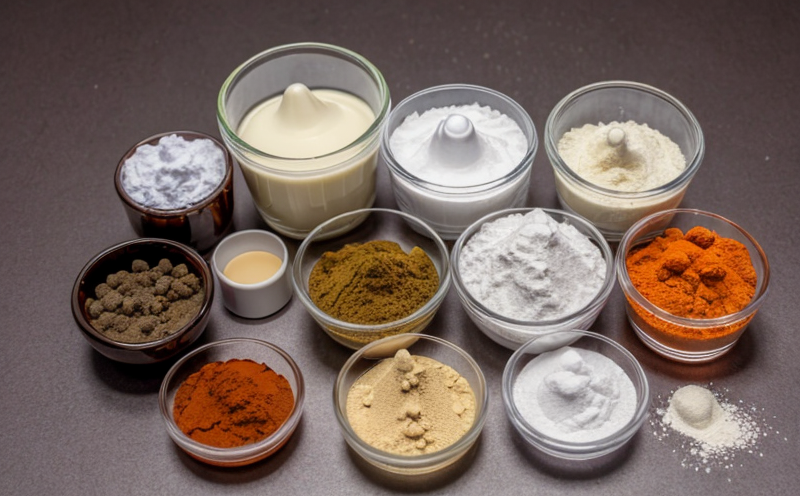Color Stability Accelerated Condition Testing
In the pharmaceutical industry, ensuring that excipients and formulation ingredients meet color stability criteria is crucial for product quality and patient safety. Color stability testing under accelerated conditions simulates long-term environmental exposure to identify potential degradation issues early in the development process.
This service involves subjecting samples to high-temperature, humidity, or light stressors to accelerate aging processes that may occur over years of shelf life. By doing so, we can predict how excipients and formulation ingredients will behave under real-world conditions without waiting for extended periods.
The process begins with careful selection of the appropriate stressors based on the specific properties of the ingredient or excipient being tested. For instance, if thermal stability is critical, high-temperature storage tests are conducted. If moisture resistance is a concern, humidity chamber testing follows ISO 12063 guidelines.
Once selected, samples undergo rigorous preconditioning to ensure accurate results. This includes drying, equilibrating, and conditioning the specimens according to ASTM F793-18 standards. Afterward, they are exposed to stressors for a predetermined period under controlled conditions.
The testing equipment used in this process adheres strictly to international standards such as ISO 12063-1 and ASTM E1452, ensuring consistent and repeatable results. Our state-of-the-art facilities provide precise control over temperature, humidity, and light exposure, allowing us to replicate real-world scenarios accurately.
Upon completion of the test cycle, samples are analyzed using advanced analytical techniques such as UV-Vis spectrophotometry (ASTM E1850) and HPLC (USP ). These methods allow for detailed examination of color changes over time, providing quantitative data on degradation rates.
Our reports provide comprehensive insights into the stability of excipients and formulation ingredients under accelerated conditions. They include graphs depicting color change trends, statistical analysis of results, and recommendations for potential improvements or adjustments to formulations based on findings.
Applied Standards
| Standard | Description |
|---|---|
| ISO 12063-1 | Guidelines for accelerated testing of plastic materials and products. |
| ASTM E1452 | Standard practice for conditioning and testing of solid polymeric materials. |
| ASTM F793-18 | Guidelines for the preconditioning of plastic specimens. |
| USP | Chromatographic methods for impurities in finished dosage forms. |
Industry Applications
- Identifying potential degradation products early in the development process.
- Predicting long-term stability of excipients and formulation ingredients.
- Ensuring compliance with regulatory requirements for pharmaceutical products.
Competitive Advantage and Market Impact
By offering accelerated color stability testing, we provide clients with a competitive edge by enabling them to identify and address potential issues early in the product lifecycle. This proactive approach helps prevent costly delays and recalls later on.
The ability to predict long-term behavior accurately allows companies to make informed decisions about formulation adjustments and packaging strategies, thereby enhancing overall product quality and shelf life. Furthermore, compliance with stringent regulatory standards ensures market access and consumer trust.





